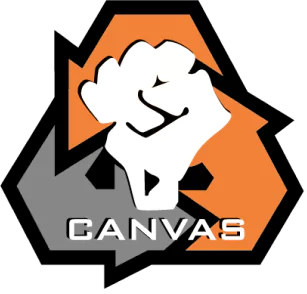Mar 12, 1930-1930
India
Salt March
Share
ACTIVISTS/ACT.GROUPS/DESCRIPTION OF THE GROUP
Mahatma Gandhi
TARGET
British rulers
WIDELY HELD BELIEF
Colonizers should not impose repressive taxes.
CASE NARRATIVE
Issue and Opponent: Britain’s Salt Act of 1882 prohibited Indians from collecting or selling salt, a staple in their diet. Indian citizens were forced to buy the vital mineral from their British rulers, who, in addition to exercising a monopoly over the manufacture and sale of salt, also charged a heavy salt tax. Indian protests against the salt tax began in the 19th century and remained a major contentious issue throughout British rule of the subcontinent. After living for two decades in South Africa, where Mohandas Gandhi fought for the civil rights of Indians residing there, Gandhi returned to his native country in 1915 and soon began working for India’s independence from Great Britain. Dilemma Action: First, Gandhi sent a letter on March 2, 1930, to inform the Viceroy Lord Irwin that he and the others would begin breaking the Salt Laws in 10 days. Then, on March 12, 1930, Gandhi set out from his ashram, or religious retreat, at Sabermanti near Ahmedabad, with several dozen followers on a trek of some 240 miles to the coastal town of Dandi on the Arabian Sea. Gandhi and his supporters were to defy British policy by making salt from seawater. Along the way, Gandhi addressed large crowds, and with each passing day, an increasing number of people joined the salt march. On April 5, Gandhi was at the head of a crowd of tens of thousands of protestors. He spoke and led prayers and early the next morning walked down to the sea to make salt. On May 21, the poet Sarojini Naidu led 2,500 marchers on the Dharasana Salt Works, some 150 miles north of Bombay. Several hundred British-led Indian policemen met them and viciously beat the peaceful demonstrators. The incident, recorded by American journalist Webb Miller, prompted an international protest against British policy in India. Outcome: The march was the first act in an even-larger campaign of civil disobedience Gandhi waged against British rule in India that extended into early 1931 and garnered Gandhi widespread support among the Indian populace and considerable worldwide attention. The nonviolent march and other similar marches resulted in the arrest of nearly 60,000 people, including Gandhi himself. India finally was granted its independence from Great Britain in 1947. In January 1931, Gandhi was released from prison and met with Lord Irwin to discuss the end of the march in exchange for an equal negotiating role at a London conference on India’s future. The meeting was a disappointment, but British leaders acknowledged Gandhi as a force they could not suppress or ignore. Gandhi’ continued to work towards Indian independence, which happened in August 1947.
PRIMARY STRUGGLE/GOAL
NONVIOLENT TACTICS USED
DA TACTICS USED
Boycott of government depts.
Civil disobedience of “illegitimate” laws
Marches
CASE NARRATIVE WRITER
SUCCESS METRICS
7 / 12
(MC) Media Coverage
(MSYMP) Media coverage was sympathetic to the activists
(OR) Opponent response
(PS) Dilemma action built sympathy with the public
(PUN) Punishment favored the activists
(REFR) Dilemma action reframed the narrative of the opponent
(SA) Dilemma action appealed to a broad segment of the public
PART OF A LARGER CAMPAIGN
3 / 3
Activist group continued working together after the action
Encouraged more participants to join the movement
Internally replicated by the same movement
RESOURCES
Project documentation
Dilemma Actions Coding Guidebook
Case study documentation
Dilemma_Actions_Analysis_Dataset
SOURCES
History.com Editors. 2010. “Salt March,” HISTORY, June 10. Retrieved July 20, 2023. (https://www.history.com/topics/india/salt-march).
Popovic, Srdja and McClennen, Sophia. 2020. “Pranksters vs. Autocrats: Why Dilemma Actions Advance Democracy,” Cornell University Press, October 15. Retrieved July 20, 2023.
Pletcher, Kenneth. 2023. “Salt March: Indian History,” Britannica, July 7. Retrieved July 20, 2023. (https://www.britannica.com/event/Salt-March).
Graham, Scott. 1998. “Gandhi’s Salt March to Dandi,” Scholar Blogs Emory. Retrieved July 20, 2023. (https://scholarblogs.emory.edu/postcolonialstudies/2014/06/20/gandhis-salt-march-to-dandi/).
Beautiful Trouble. “The Salt March,” Beautiful Trouble. Retrieved July 20, 2023. (https://beautifultrouble.org/toolbox/tool/the-salt-march/).
Related cases
Dec 12, 2004-2004
Egypt
By 2000, President Hosni Mubarak had ruled Egypt for 19 years with no intention to cede power. For decades, Egypt had notoriously been an undemocratic state. Mubarak c...
/
Aug 1, 2007-2007
India
Issue and Opposition: India has a culture of bribery. Almost no work in public offices can be done without paying government officials. This action was planned to send...
/
Mar 4, 2018-2018
Belarus
In 2018, construction began on a battery plant in Brest, Belarus. Residents nearby knew that the plant would release harmful toxins into the area and began seeking way...
/
Subscribe to our newsletters to get full access to all materials on our website.

